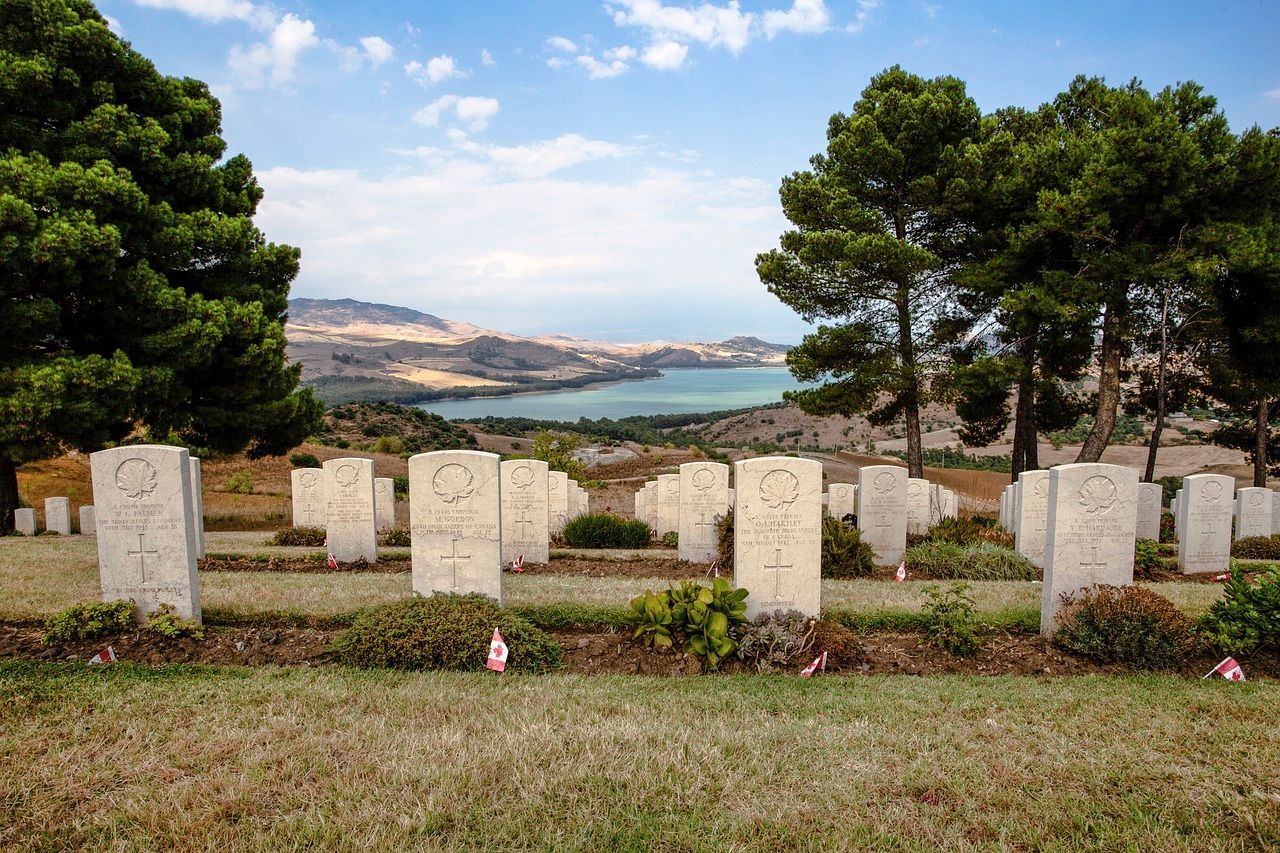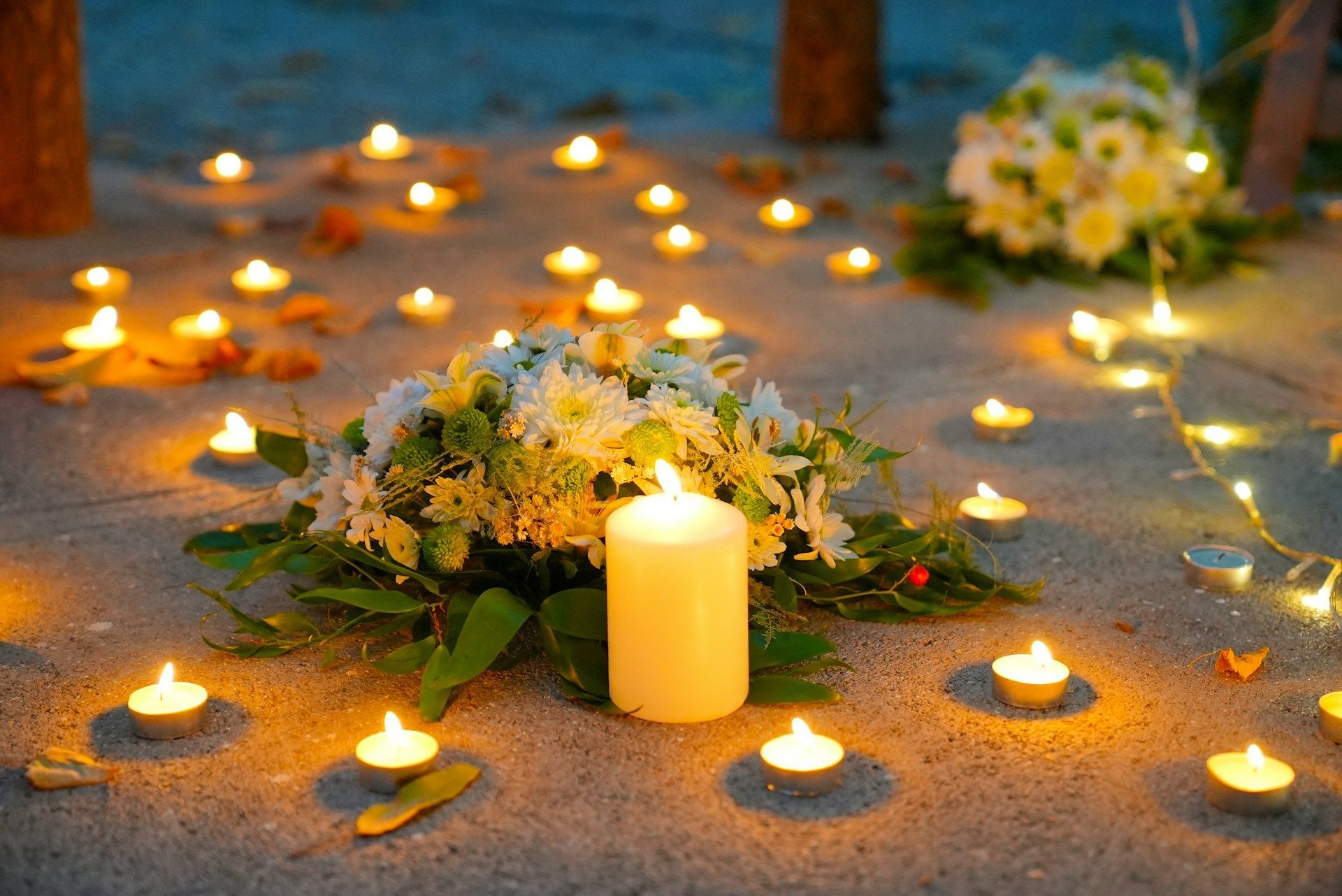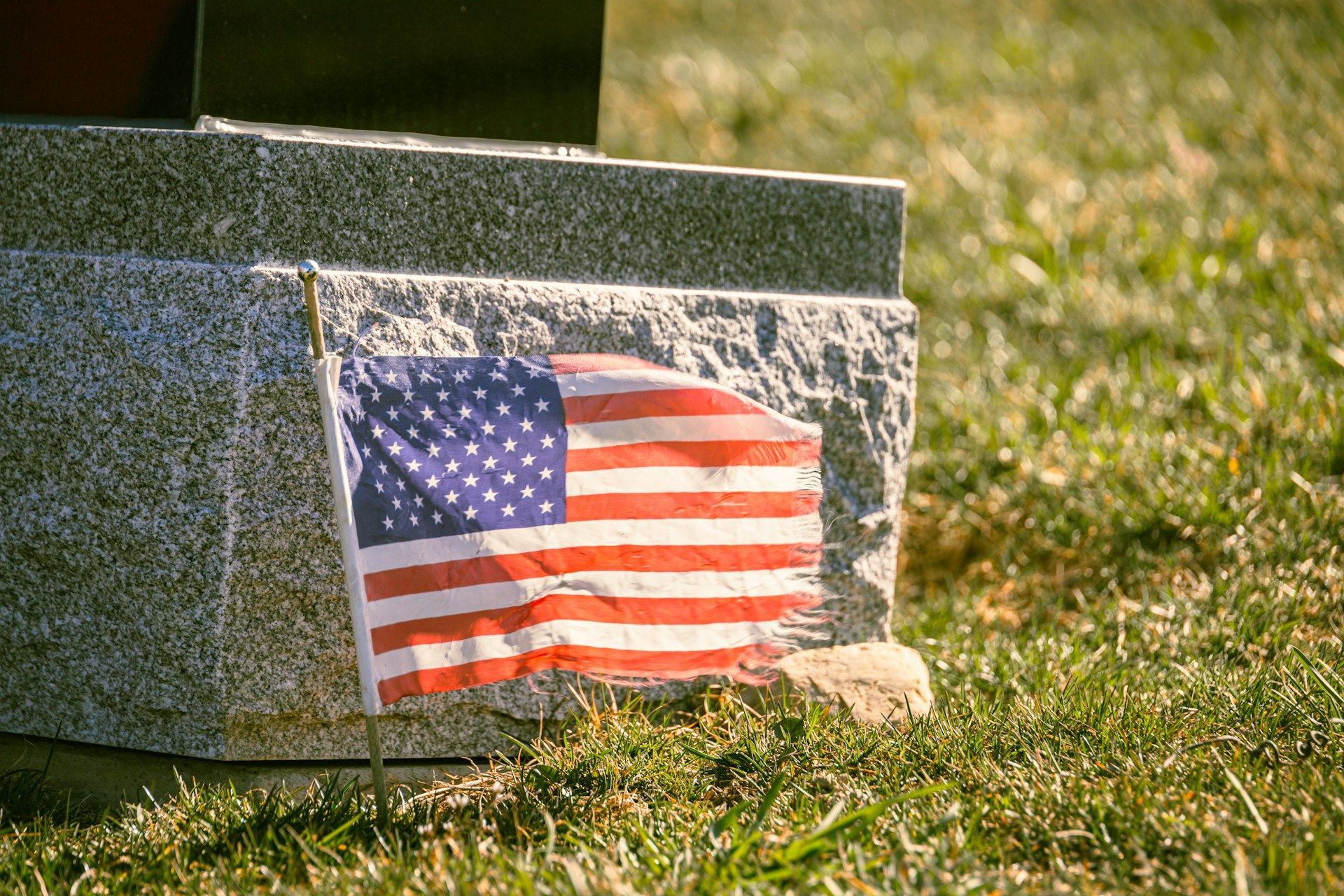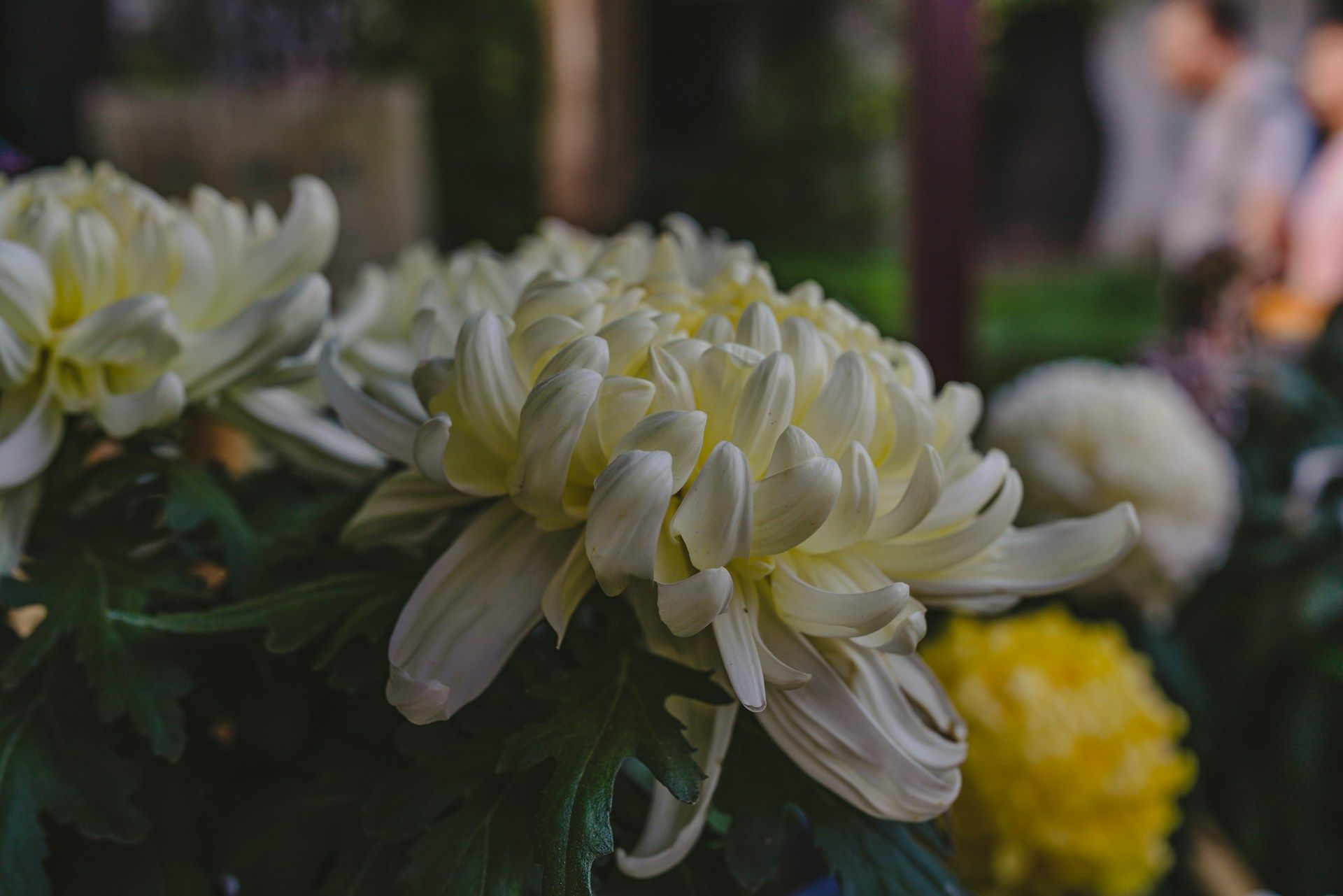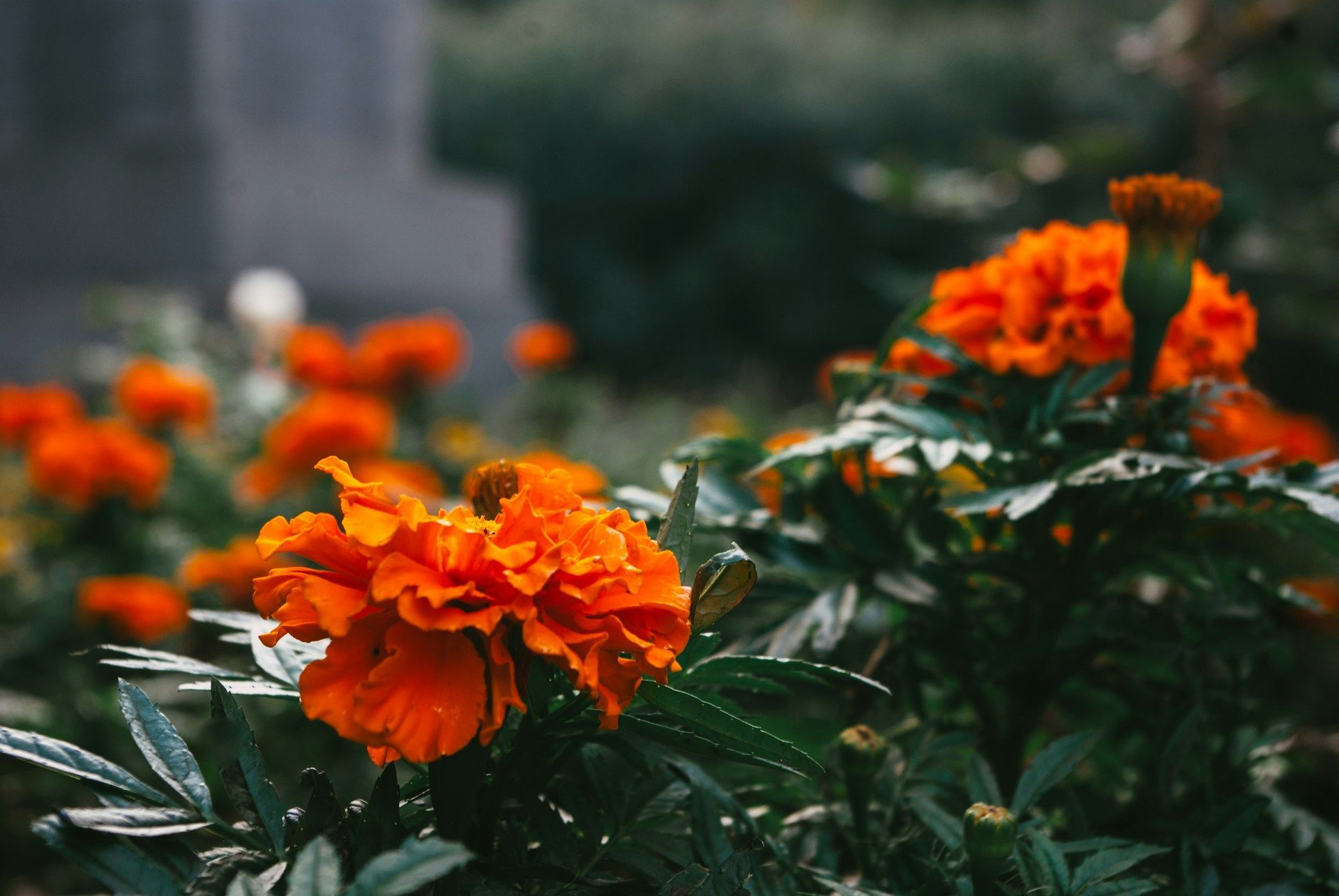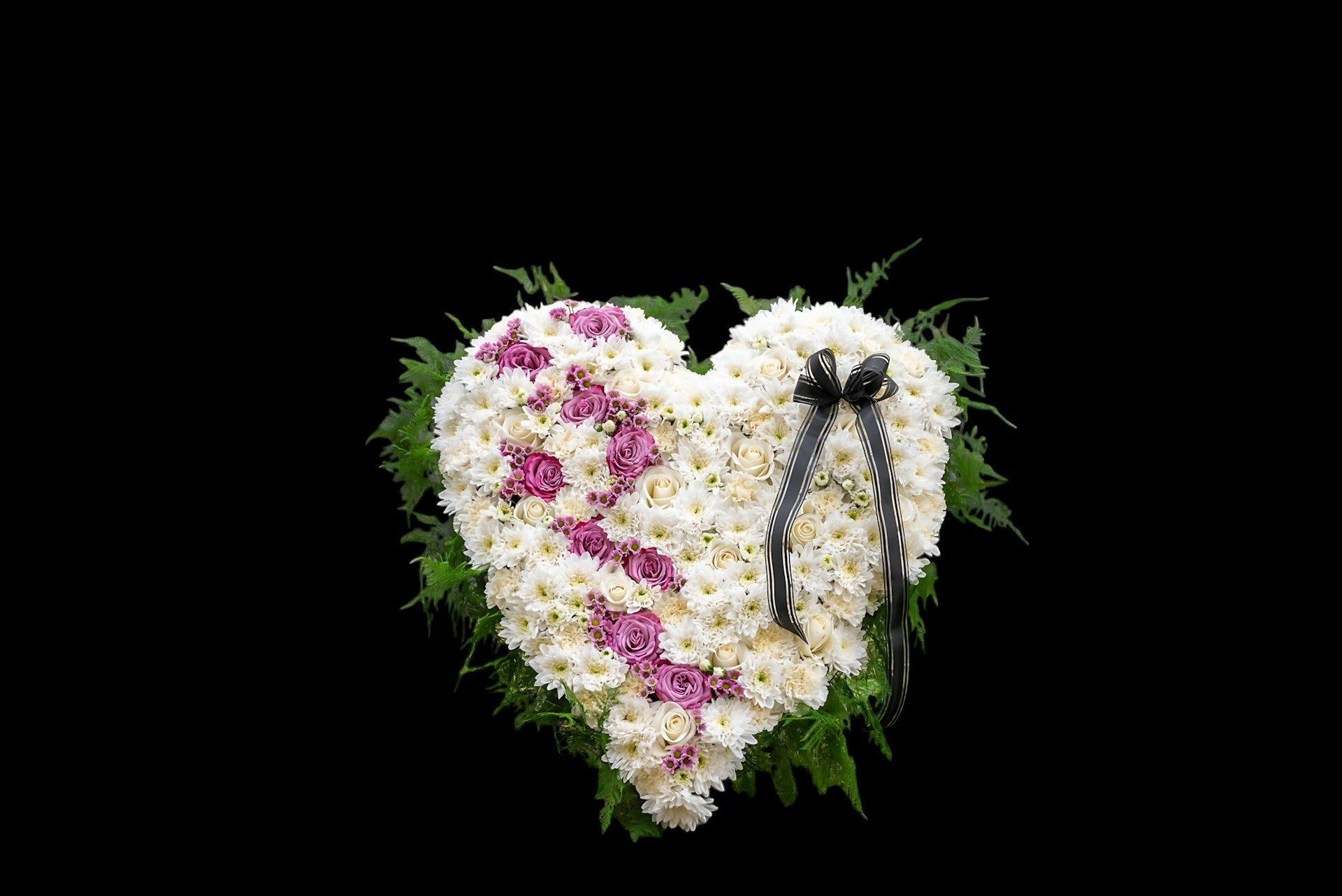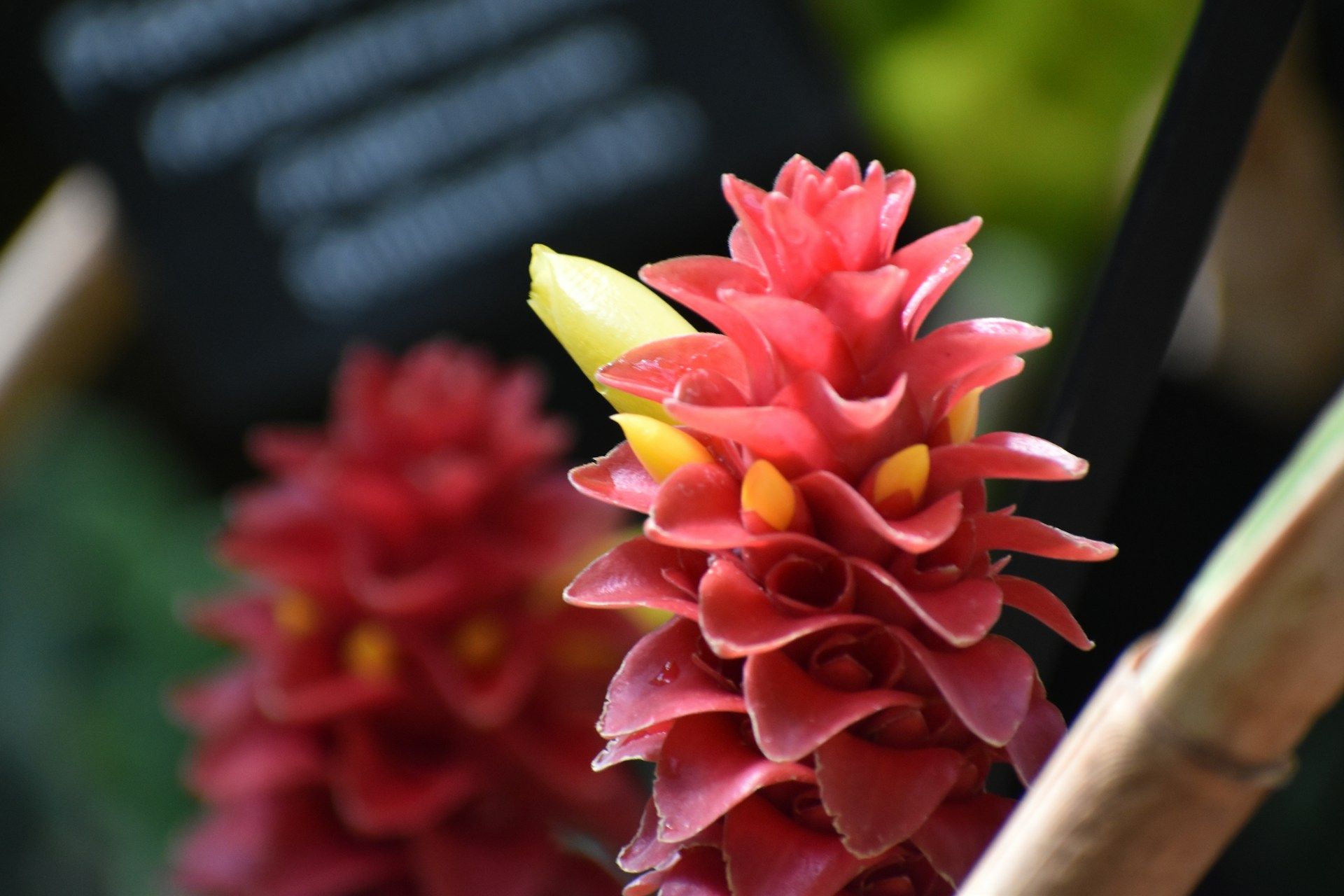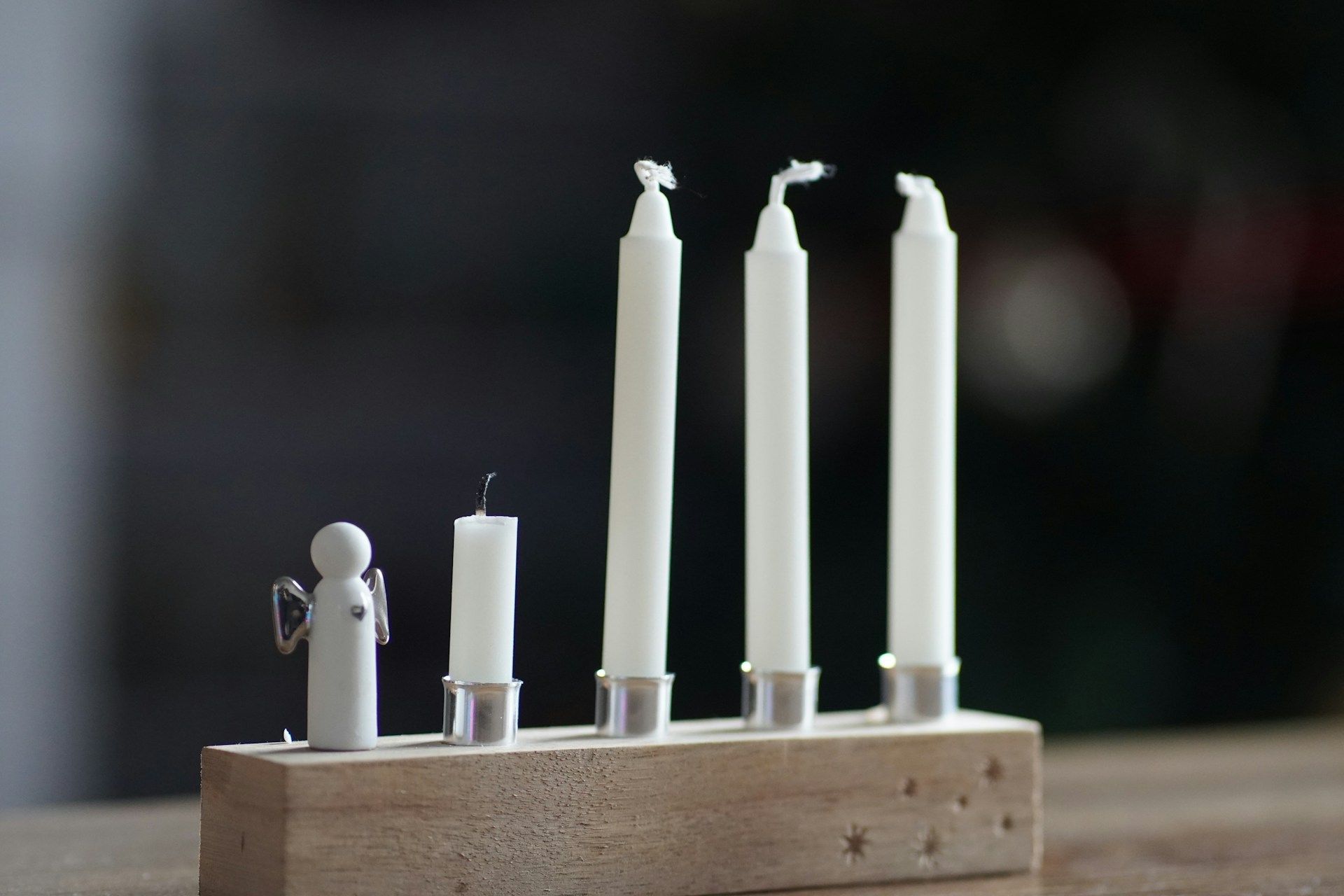Exploring Cremation vs. Traditional Burial: Key Differences

As families navigate one of life’s most profound transitions—the loss of a loved one—they face a critical decision: whether to choose cremation or a traditional burial. This choice is deeply personal and often guided by cultural, spiritual, financial, and emotional factors. Funeral homes in Chaska, MN are instrumental in providing guidance, support, and options to ensure that each family makes the decision best aligned with their needs and values.
While both cremation and burial are dignified and respectful, they differ significantly in process, cost, environmental impact, and how families choose to memorialize their loved ones.
The Cremation Process: A Growing Preference
Cremation has seen a significant increase in preference across the United States. It involves the reduction of the body to ashes through high-temperature processing in a cremation chamber. These ashes are then returned to the family in an urn or a chosen container, allowing for flexible memorial options such as scattering, interment, or display at home.
This growing preference is largely due to the affordability and simplicity associated with cremation. For many families, especially those seeking a streamlined process, cremation offers a respectful yet cost-effective solution. It also accommodates a range of religious and secular ceremonies that can be customized and held at a later date, which helps those coordinating services from afar or managing complex family schedules.
Traditional Burial: Honoring Legacy Through Ritual
Traditional burial has long been the standard method of honoring the deceased. This process typically involves embalming, a viewing or wake, a funeral ceremony, and interment in a cemetery plot. The structure and ritual of this approach provide comfort to many, offering a clear and communal way to process grief and pay respects.
The tangible nature of a gravesite often appeals to families seeking a permanent, physical location to visit and reflect. Cemeteries also offer opportunities for multi-generational family plots, creating a legacy of remembrance that endures through time.
However, traditional burial often requires higher expenses due to embalming, casket selection, grave plot purchase, headstones, and ongoing maintenance. Despite the cost, many find value in the ceremonial depth and cultural resonance that burial provides.
Cost Considerations: Financial Transparency Matters
One of the most significant factors influencing this decision is cost. Cremation is generally more affordable, especially when families opt for direct cremation without additional services. This affordability allows funeral homes in Chaska, MN to offer flexible packages that meet diverse budgetary needs while preserving the integrity of the farewell.
In contrast, traditional burial includes multiple components—transportation, embalming, viewings, cemetery fees, and more—which can add up significantly. Funeral directors play a vital role in helping families compare these expenses transparently and plan according to their means and preferences.
Given rising inflation and healthcare costs impacting family finances, many seek options that are respectful yet economical. Funeral providers must remain sensitive to this reality by offering clear and honest cost structures.
Environmental Impact: Sustainability and Values
As awareness of environmental sustainability grows, more individuals are considering how their final arrangements impact the planet. Cremation, while more eco-friendly than burial in some ways, still involves energy consumption and emissions. However, emerging practices such as water cremation (alkaline hydrolysis) are gaining traction as more environmentally conscious alternatives.
On the other hand, traditional burial often involves embalming chemicals, non-biodegradable caskets, and the long-term maintenance of cemetery grounds, which can have greater environmental footprints. Green burial options, including biodegradable caskets and natural burial grounds, are becoming available for those seeking an environmentally responsible option without cremation.
Funeral homes in Chaska, MN that offer these evolving choices cater to families who value ecological responsibility alongside tradition.
Timing and Flexibility of Services
Cremation provides a high degree of flexibility in memorial planning. Without the urgency of body preservation, families can schedule services weeks or even months after the passing. This allows for more thoughtful planning, greater family involvement, and travel accommodations for out-of-town guests.
In contrast, traditional burial services often occur within a shorter window, typically within a week. This timeline suits some families who prefer immediate closure or follow specific religious customs that emphasize timely interment. Funeral professionals help families navigate these timelines while preserving dignity and respect.
Personalization and Memorial Options
Both cremation and burial support deeply personal commemorations. With cremation, families can host unique celebrations of life at locations that held significance to the deceased—parks, beaches, family homes, or private venues. Ashes can be scattered in meaningful places, divided among loved ones, or transformed into keepsakes like jewelry or glass art.
Burial, while more grounded in tradition, also allows for rich personalization. From customized headstones and epitaphs to themed services and legacy videos, today’s funeral homes make it possible to tailor every aspect of the ceremony. The physical space of a gravesite also provides a focal point for annual traditions like flower placements, anniversaries, or religious observances.
Cultural and Religious Considerations
Certain faiths and cultural traditions heavily influence the choice between cremation and burial. For example, many Christian, Jewish, and Muslim communities historically prefer burial due to doctrinal teachings. However, contemporary shifts are emerging, with many denominations offering guidance for cremation that still aligns with spiritual values.
Cremation may be preferred in traditions like Hinduism and Buddhism, where it is considered part of the journey of the soul. Funeral directors are trained to honor these preferences respectfully, ensuring that cultural rituals and spiritual practices are integrated into the service with accuracy and reverence.
Role of Funeral Directors in the Decision Process
Families often rely on the expertise of funeral directors to navigate the emotional and practical complexities of end-of-life arrangements. These professionals are well-versed in explaining the differences between cremation and burial, answering sensitive questions, and helping families balance tradition, finances, and personal wishes.
In a community-focused setting like Chaska, funeral homes prioritize individualized care, ensuring that each family feels heard, respected, and supported. This level of service is especially critical as consumer behavior shifts toward personalization and value-based decision-making.
Responding to Evolving Preferences
The landscape of funeral services is changing. Cremation now accounts for over 60% of arrangements in many areas—a trend driven by cost, flexibility, and changing social values. At the same time, traditional burial remains a deeply valued practice, rooted in ritual and memory.
Funeral homes in Chaska, MN are meeting this challenge by offering both options with equal care and professionalism. By embracing innovation while honoring tradition, they ensure that families receive services that reflect their values and meet their needs.
For compassionate support in making the right choice between cremation and traditional burial, Ballard-Sunder Funeral & Cremation provides a full range of services tailored to the individual needs of families. As one of the trusted funeral homes in Chaska, MN, they bring decades of experience and heartfelt care to every life they help celebrate.

